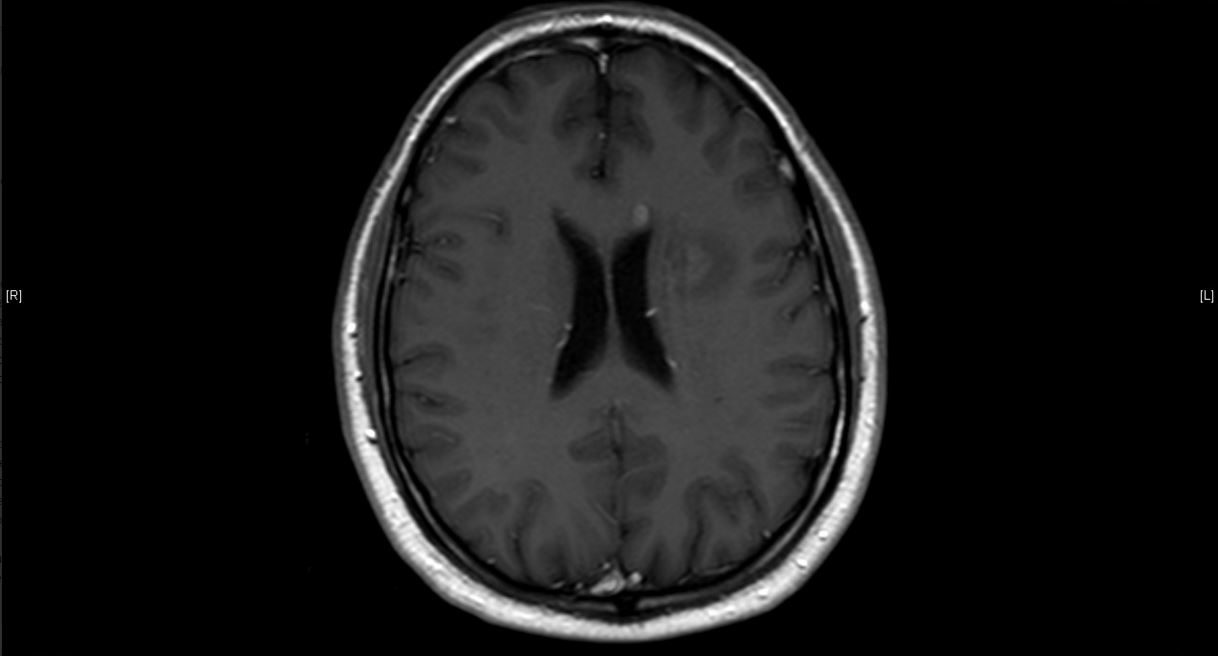

The challenge is to fill in the hole that is left behind in a visually plausible way. The technical concepts and features of both extensions are presented in this paper.Ī new algorithm is proposed for removing large objects from digital images. Additional bit rate reduction compared to MV-HEVC is achieved by specifying new block-level video coding tools, which explicitly exploit statistical dependencies between video texture and depth, and specifically adapt to the properties of depth maps. The more advanced 3D video extension, 3D-HEVC, targets a coded representation consisting of multiple views and associated depth maps, as required for generating additional intermediate views in advanced 3D displays. Bit rate savings compared to HEVC simulcast are achieved by enabling the use of interview references in motion-compensated prediction. The multiview extension, MV-HEVC, allows efficient coding of multiple camera views and associated auxiliary pictures, and can be implemented by reusing single-layer decoders without changing the block-level processing modules since block-level syntax and decoding processes remain unchanged. The High Efficiency Video Coding standard has recently been extended to support efficient representation of mul-tiview video and depth-based 3D video formats. Experiments show the effectiveness of different modules in our method, and our method outperforms state-of-the-art other related methods. We evaluate the method in two databases, VRQ-TJU and VR-VQA48. Compared to other panoramic video quality assessment methods, our proposed method combines spherical convolutional neural networks (CNN) and non-local neural networks, which can effectively extract complex spatiotemporal information of the panoramic video. In response to the above questions, this paper presents an end-to-end neural network model to evaluate the quality of panoramic video and stereoscopic panoramic video. Another reason is that the traditional VQA method is problematic to capture the complex global time information in the panoramic video. One reason is that the spatial information of the panoramic video is warped due to the projection process, and the conventional video quality assessment (VQA) method is difficult to deal with this problem. However, it is very challenging to evaluate the quality of the panoramic video at present.
#Yed side view enhancement generator#
A model has a start element, and a generator which rules how the path is generated, and associated stop condition which tells GraphWalker when to stop generating the path.Panoramic video and stereoscopic panoramic video are essential carriers of virtual reality content, so it is very crucial to establish their quality assessment models for the standardization of virtual reality industry. A model is a graph, which is a set of vertices and edgesįrom a model, GrapWalker will generate a path through it. It is here that you verify that an API call returns the correct values, that a button click actually did close a dialog, or that when the timeout should have occurred, the System Under Test triggered the expected event.
#Yed side view enhancement verification#
A vertex represents verification, an assertion.Ī verification is where you would have assertions in your code. But remember, there is no verification going on in the edge. Anything that moves your System Under Test into a new state that you want to verify. An edge represents an action, a transition.Īn action could be an API call, a button click, a timeout, etc.

How does a model relate to a test in GraphWalker?Ī GraphWalker model consists of 2 types of basic elements, the vertex and the edge.


 0 kommentar(er)
0 kommentar(er)
